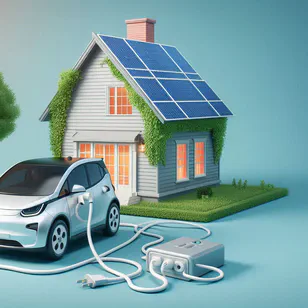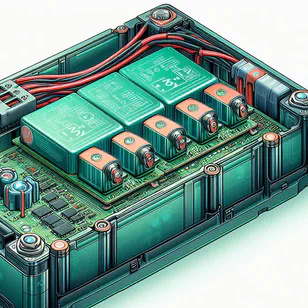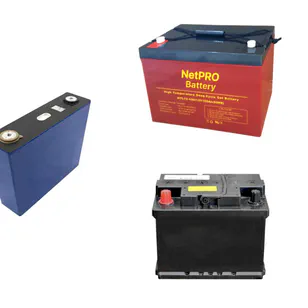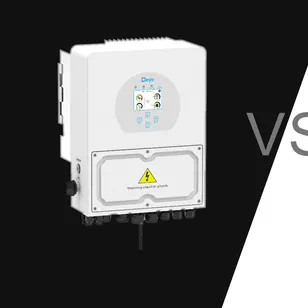Introduction
In direct current (DC) systems, power is calculated by multiplying current and voltage. The higher the current, the greater the energy losses during transportation. For this reason, many solar energy storage systems and uninterruptible power supply (UPS) systems often use 48-volt batteries. These batteries, ranging up to 58.4 volts, can supply significant power, from 5 to 15 kW, but they face a critical issue—high current.
For example, currents between 100 and 200 amps are common between the battery and the inverter. While this might seem manageable over short distances with thick cables (like PV3 – 35mm² wire), high current still leads to inefficiencies and heat generation. Although 48-volt systems are the most widespread, they are not without their drawbacks.
The Case for High-Voltage Batteries
Recently, high-voltage battery systems have been gaining traction. Brands like Huawei LUNA, GoodWE, and Deye now offer energy storage solutions with battery voltages ranging from 150 to 900 volts. This trend mirrors the evolution of MPPT controllers, which began increasing string voltages for better efficiency.
Higher voltage reduces current, which translates to less heat and lower energy loss. This, in turn, improves the overall efficiency of the inverter and the system as a whole. The benefits are especially clear when you consider electric vehicles (EVs), which typically operate with high-voltage batteries (300-550 volts) to handle the high power demand for charging and discharging.
To dive deeper into the relationship between EVs and home energy storage, check out our article on electric vehicles as home energy storage .
Downsides of High-Voltage Battery Systems
While high-voltage batteries offer clear advantages, they are not without their challenges. The two main drawbacks are:
High Cost
High-voltage systems are nearly twice as expensive as low-voltage alternatives of the same capacity. Additionally, they often require that the battery and inverter come from the same manufacturer, limiting flexibility.Technical Complexity
High-voltage systems are harder to service. They involve more advanced Battery Management Systems (BMS), require specialized knowledge, and pose greater safety risks. Proper training and expertise are essential to maintain and operate these systems effectively. If you’re curious about the importance of BMS in maintaining battery health, check out our guide on BMS for LiFePO4 batteries .
Due to these issues, high-voltage systems are currently more prevalent in the industrial sector rather than in residential setups.
Conclusion
For now, many home battery systems, including mine, still operate at 48 volts. However, as high-voltage technologies become more affordable and accessible, we may see a shift in the market over the next 10-15 years. To get the most out of your battery system today, whether it’s low or high-voltage, understanding proper inverter settings is crucial. You can learn more in our guide on optimizing LiFePO4 battery settings for inverters .
While the adoption of high-voltage systems will likely take time, the efficiency gains they offer make them a technology to watch closely in the energy storage market.




